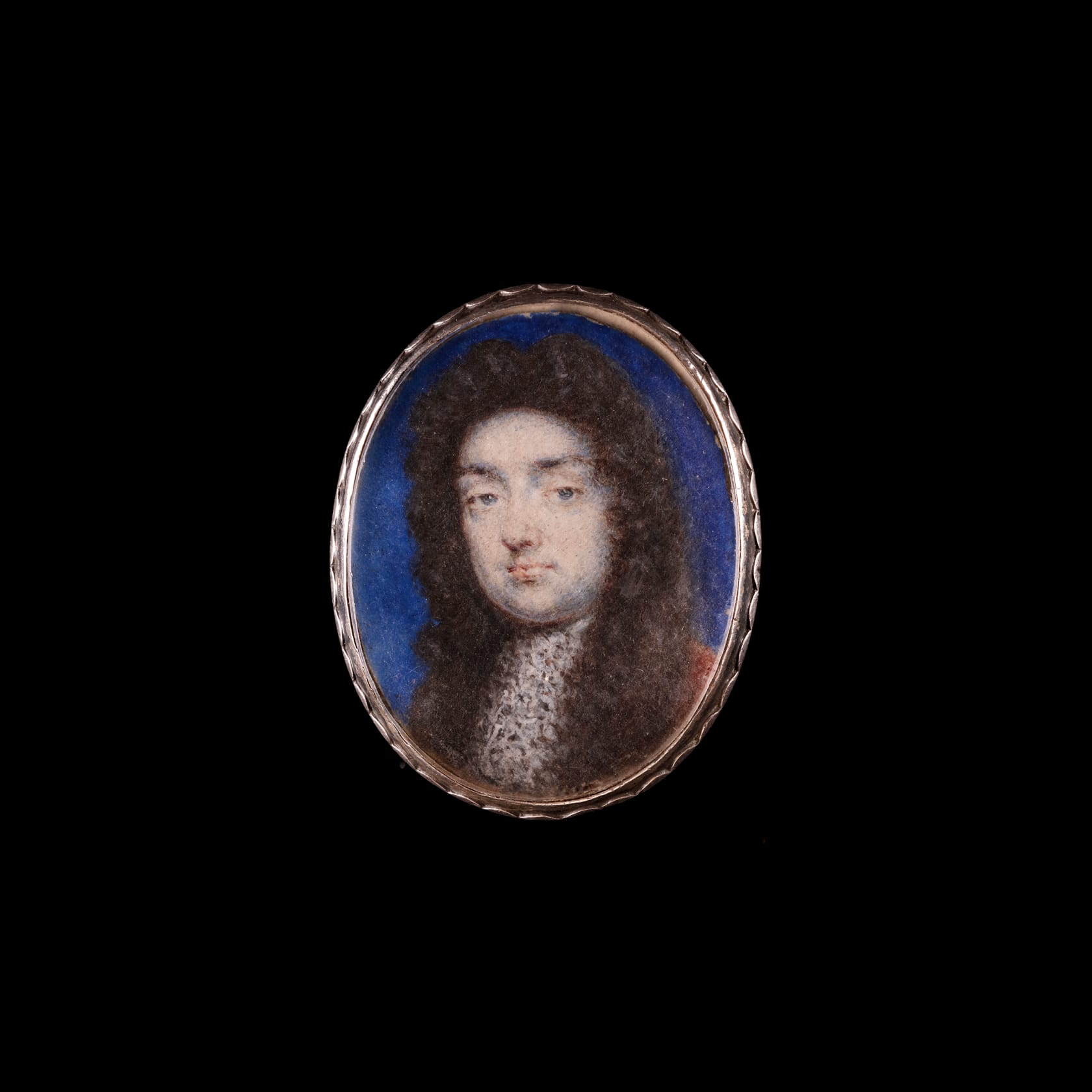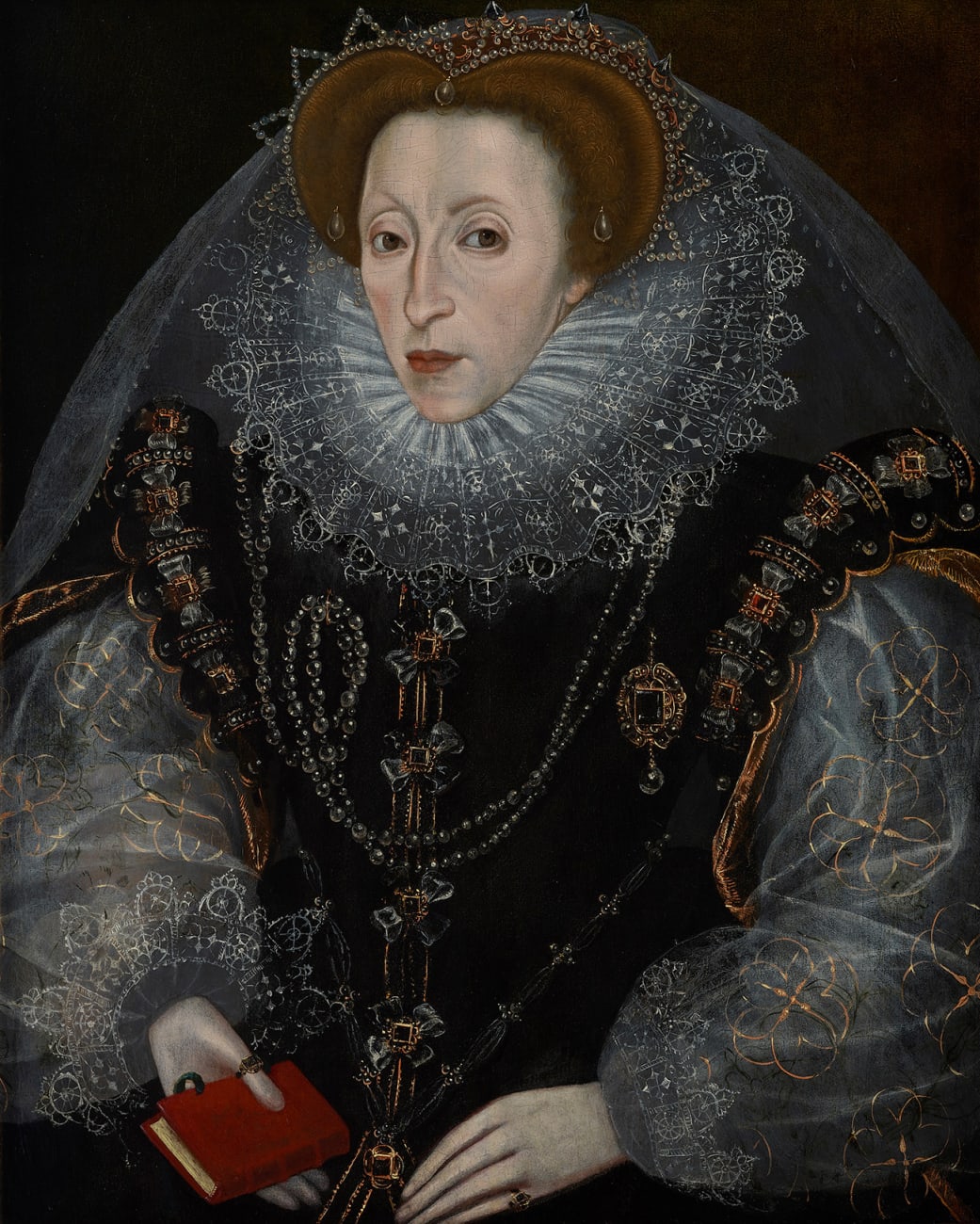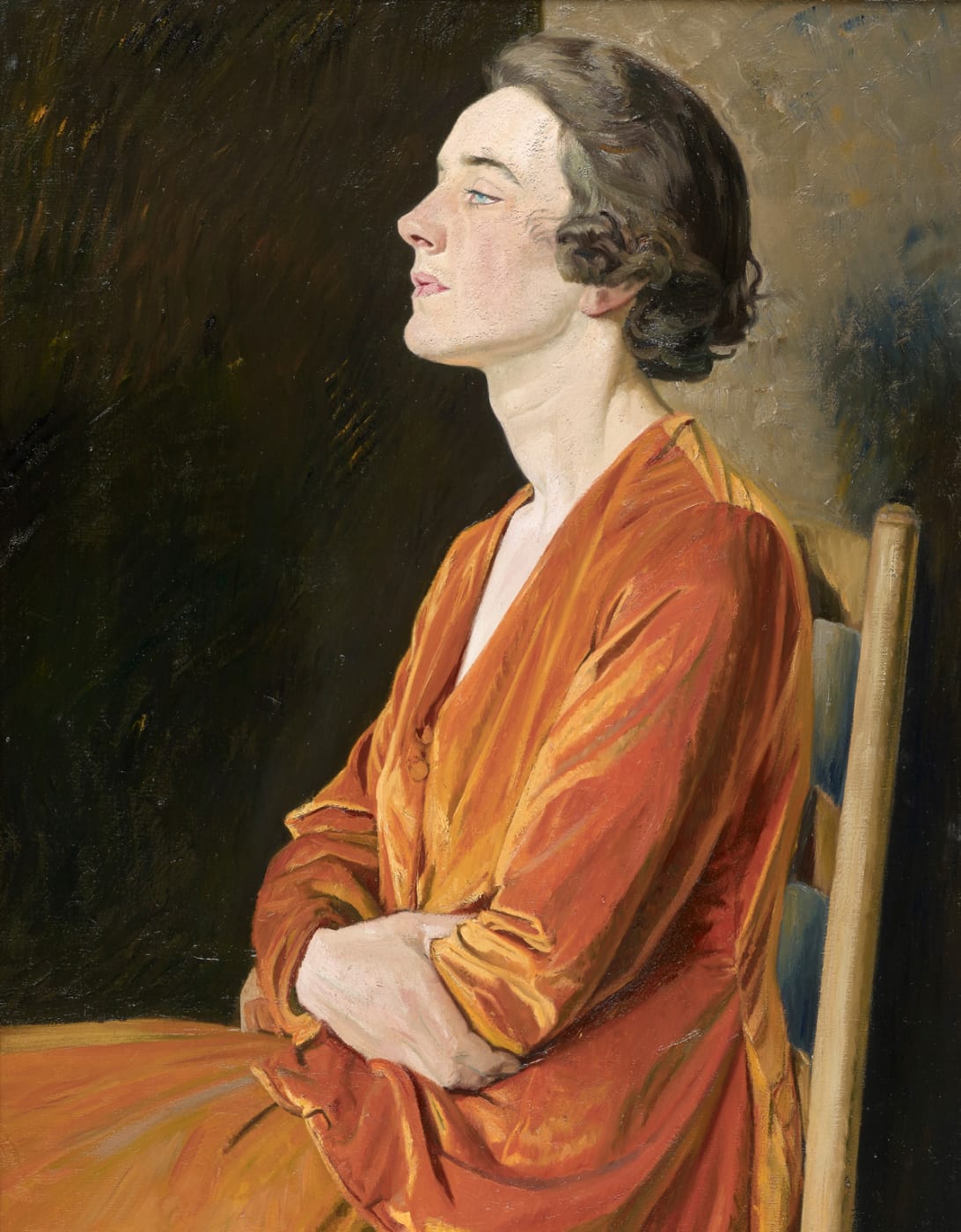Daughter of celebrated miniature painter Richard Gibson, Susannah-Penelope Rosse’s miniatures are delicately handled with exceptional finesse. A talented artist, Rosse did not need to work for a living, but produced portraits of family and friends that serve as an intimate record of her life. Many of her connections to artists and sitters came through her parents, who were famous at court for their artistic talents, permitting her social and artistic access to a variety of court figures.
Born in 1652, Rosse grew up in London and became close friends with her neighbour, the acclaimed miniaturise Samuel Cooper. Throughout her career Rosse copied many of Cooper’s works, studying his technique to improve her painterly skill. She became well known for her copies of Cooper’s work and was praised by George Vertue; ‘as by these may bee seen; nobody ever copy’d him better’.[1] So successful were these copies, that misattributions of Rosse’s work have often been credited to the hand...
Daughter of celebrated miniature painter Richard Gibson, Susannah-Penelope Rosse’s miniatures are delicately handled with exceptional finesse. A talented artist, Rosse did not need to work for a living, but produced portraits of family and friends that serve as an intimate record of her life. Many of her connections to artists and sitters came through her parents, who were famous at court for their artistic talents, permitting her social and artistic access to a variety of court figures.
Born in 1652, Rosse grew up in London and became close friends with her neighbour, the acclaimed miniaturise Samuel Cooper. Throughout her career Rosse copied many of Cooper’s works, studying his technique to improve her painterly skill. She became well known for her copies of Cooper’s work and was praised by George Vertue; ‘as by these may bee seen; nobody ever copy’d him better’.[1] So successful were these copies, that misattributions of Rosse’s work have often been credited to the hand of Cooper. Misattributions of this kind have occurred in numerous works by Rosse, including several now within the Victoria & Albert Museum collection, a testament to her accomplished technique.
In the present miniature, Rosse depicts John Somers, 1st Baron Somers, English jurist. Somers was an English Whig jurist and stateman and first came to national attention in the trail of the Seven Bishops, as part of their defense counsel in 1688. He published tracts on political topics such as the succession to the crown, where he elaborated his Whig principles in support of the Exclusions. Later, under King William III in 1697, he became Lord High Chancellor of England.
[1] Vertue I, p.116.


